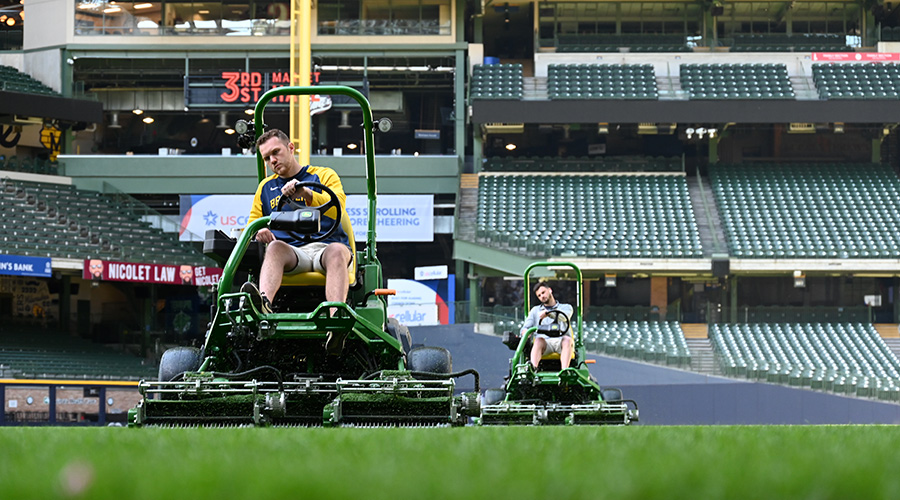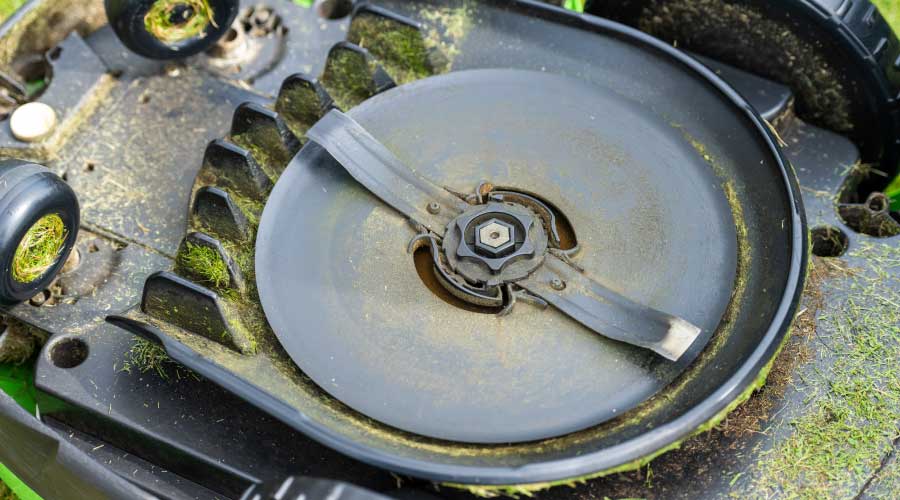Important Utility Vehicle Specification Decisions to Consider
Deciding on whether to invest in a utility vehicle is just the first step in the process. The next step is determining which vehicle is best suited to department and landscape needs.
"Our first consideration often is four-wheel drive," Wegas says. "The next consideration is the size of the bed. How much can it carry? I used to be focused on diesel engines because they would last a long time, but not anymore.
"Today, most of the engines on the market are robust enough that I don't really even consider it. Third on the list would be the attachments. What utility vehicle can accommodate a pressure washer? Or a manager might need to be able to plow snow around this building or on this trail or sidewalk.
"Then I'm going to look for a vehicle that's robust to handle a snow plow, but I'm not going to really consider how big the bed is."
One popular strategy that many managers have adopted is to standardize their fleets of utility vehicles, which can have several benefits.
"We really try to spec equipment similar to what we already have, and that's for ease of training and for parts inventory," Doletzky says. "We didn't want to end up with 18 different types of machinery, if you can avoid it. That's why we have just a couple different styles from two
different manufacturers."
The specification process also produces more successful purchases when managers expand the process to include supervisors and equipment operators and mechanics in the final decision.
"We meet with the crews and supervisors in order to find out exactly what they need in that zone," Doletzky says. "Since each zone has different maintenance needs, it might need a different set of forks or a different broom.
"We also get our mechanics involved. When we replace something, we talk with them about how we can improve on the purchase or maybe get something different all together. For example, our equipment is used around salt a lot, and we put liquid tanks on the back of the utility vehicles with a toolbar.
"On the first round of vehicles we bought, the beds suffered a lot of corrosion from the salt to the point where we almost had to replace the beds. So the mechanics suggested we use some kind of sealant on the bed, as well as parts of the back end and inside the cab where the operator sits and track in the salt. So now we add the sealant right into the spec."
Managers also have come to understand the need for vehicle operators and mechanics to get their hands on the products before the purchase.
"When we first standardized the equipment we had, we opened the door for several of the manufacturers and dealers to come in with their products," Holysz says. "We asked them to drop off a piece of equipment they'd like to see us use so we could have our mechanics and operators test it for a couple of days. We tracked which ones the guys like the best. That's how we settled on the utility vehicle we ended up with.
"Of the first ones we bought 20 years ago, the only thing we've had to do is change the engines. The bodies are still in good shape, and they run like a horse."
Related Topics:













